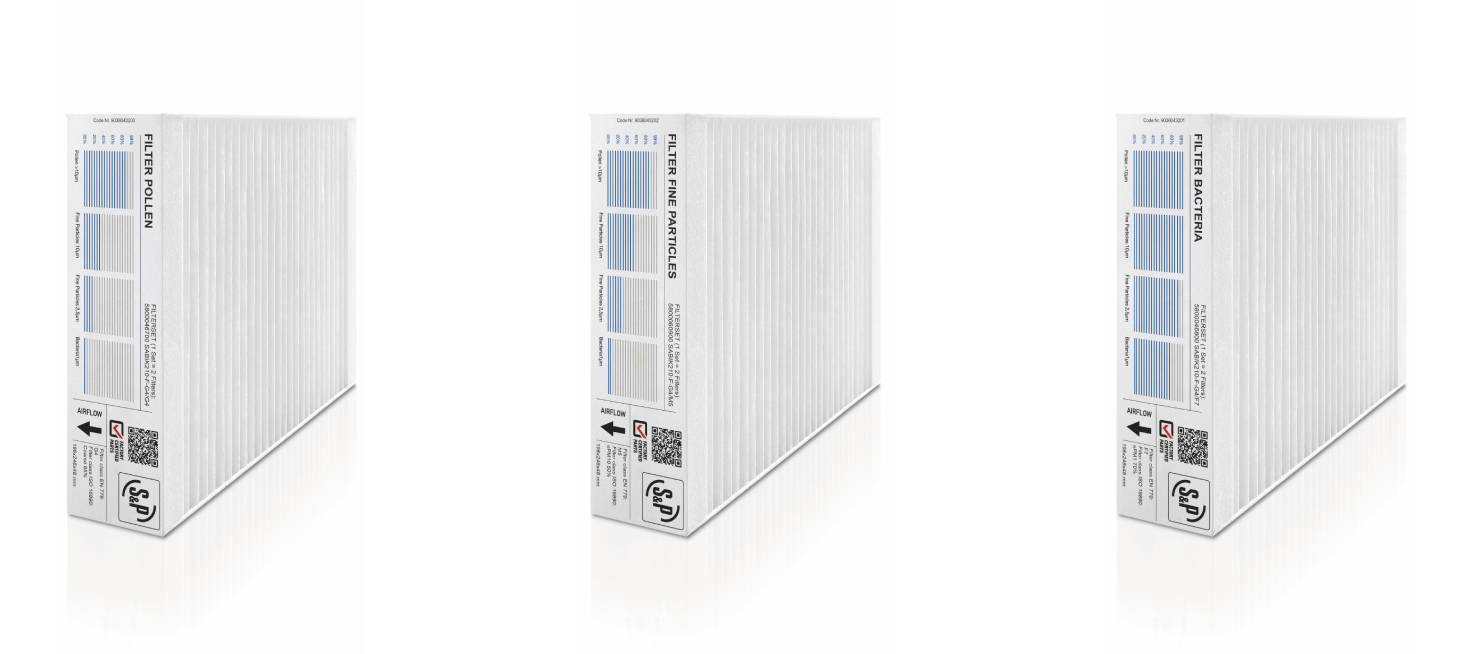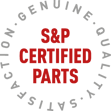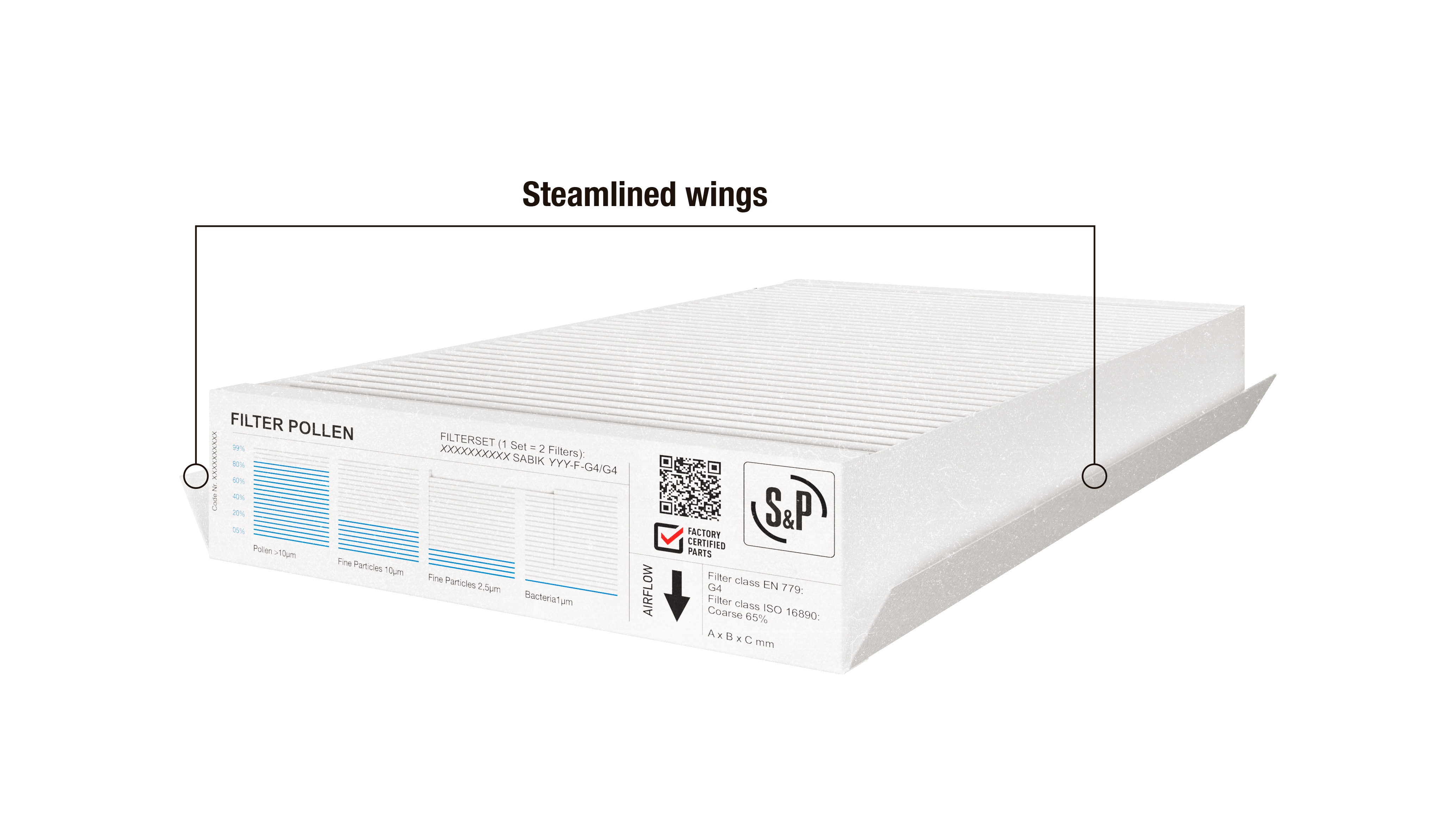
The air we breath must be as clean as possible to guarantee best life quality. According to several studies the indoor air is five to ten times worse than outdoor air, even in urban areas.
Knowing that an average person breathes up to three and a half million litres of air annually, makes it necessary to focus even more on this matter.
At S&P, our commitment to offer high indoor air quality has brought ourselves through a challenging path of researching and development regarding air filtration.
.png?width=500&height=500&name=img-bloque1%20(1).png)
Among the pollutants found inside homes we can list: spores, dust, mould, viruses, bacteria or pollen. All these pollutants are harmful to health and can cause allergies that affect the respiratory tract. As it is shown in the bellow image, depending on the size of the pollutant it will reach different levels inside the lungs. The smaller a pollutant is, the more dangerous it will be.

The best way to improve the indoor air quality is to ventilate our homes so that the air gets renewed. However, it is not only a matter of renewing the air but the new air entering into the dwelling has to be clean. Using ventilation systems with incorporated filters is the key point to success in indoor air quality.
The benefits of breathing clean air range from more productivity to improving sleep, providing quality in rest. Good indoor air quality means greater comfort.

S&P filters are synonym for sustainability, hygiene and energy efficiency. Whether dust, spores or pollen, we have created optimal filters thanks to our many years of experience to meet the highest demands and health standards. In case of doubt, the indoor air is even cleaner than the outdoor air.

Thanks to the many folds in the filter, a large enough filtering section reduces the pressure drops and increases the life expectancy of the filter. As a result, the fans need lower speed and the power consumption as well as the radiated noise get reduced.
The wings pattern design ensures that the whole airstream makes it through the filter, avoiding the by-pass of the filtration stage.

• Increased life expectancy. Low frequency filter replacement; end user saves money.
• Low consumption. Energy efficiency; end user saves money.
Installing a non-original filter inside a ventilation unit will result in high power consumption, noise and won’t provide a proper protection against pollutants so it is definitely not a good idea. S&P guarantees the well-performing of the unit only if original S&P filters are installed.

Deciding which filter type is needed has never been so easy. We have marked our filters under three categories so that the end user is able to choose the filter that best fits the requirements according to each particular case.
Whether protection against pollen, fine particles or bacteria is needed, there is an S&P filter to cover the necessity. In each filter we provide detailed information about its efficiency versus the particle size.


